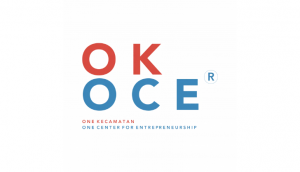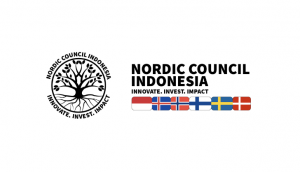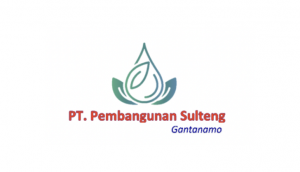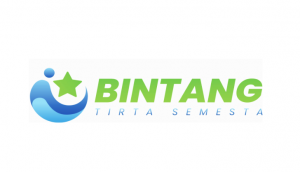Indonesia’s wealth in terms of arts and culture is undoubtable. The United Nations Educational, Scientific and Cultural Organization (“UNESCO”) once considered Indonesia a superpower in the field of culture. This title is not wrongly pinned on Indonesia given the abundance of arts and culture the country possess.
According to the data by UNESCO, there have been 16 Indonesian Intangible Cultural Heritage recorded up to 2024, which are Reog Ponorogo Performing Art, Kolintang, Kebaya, Jamu Wellness Culture, Gamelan, Pantun, Traditions of Pencak Silat, Pinisi (Art of Boatbuilding in South Sulawesi), Three Genres of Traditional Dance in Bali, Noken Multifunctional knotted or Woven Bag, Handcraft of The People of Papua, Saman Dance, Indonesian Angklung, Education and Training in Indonesian Batik, Indonesian Batik, Indonesian Kris, and Wayang Puppet Theatre.
Beyond those recorded by UNESCO, Indonesia is home to many more Traditional Cultural Expressions (“TCE”). According to the Central Data of Communal Intellectual Property accessed on February 1st, 2025, and sourced from the Directorate General of Intellectual Property (“DGIP”), Ministry of Law of the Republic of Indonesia, the country has listed 1,823 TCEs, ranging from Sabang to Merauke.
A well-known example is a form of traditional dance known as Tari Legong (Peliatan Style), from Bali, Indonesia, which has existed since the era of the Balinese kingdoms and is now used not only for traditional ceremonies but also for commercial performances.
Given the cultural values inherent in TCE and their potential economic significance, ensuring their legal protection is crucial to prevent their exploitation without the consent of the local communities that preserve them.
Legal Framework
The legal instrument usually referred to safeguard TCE in Indonesia is Law No. 28 of 2014 on Copyright (“Law 28/2014”). Pursuant to the aforementioned law, the country holds the rights to TCE, and responsible to record, safeguard, and preserve these expressions.
Furthermore, the use of TCE must honor and reflect the values of the communities from which they originate. Later in 2022, the Government of Indonesia enacted the implementing regulation in the form of Government Regulation No. 56 of 2022 on Communal Intellectual Property (“GR 56/2022”).
The establishment of this regulation is driven by Indonesia’s rich cultural diversity and natural wealth in the form of TCE, in addition to Traditional Knowledge, Genetic Resources, Geographical Indications, and the Potential of Geographical Indicators, all of which are vital assets for national development.
As such, these elements must be protected, preserved, developed, and utilized. Therefore, it becomes the responsibility of the country to …
Download the PDF Here to Read the Article

















